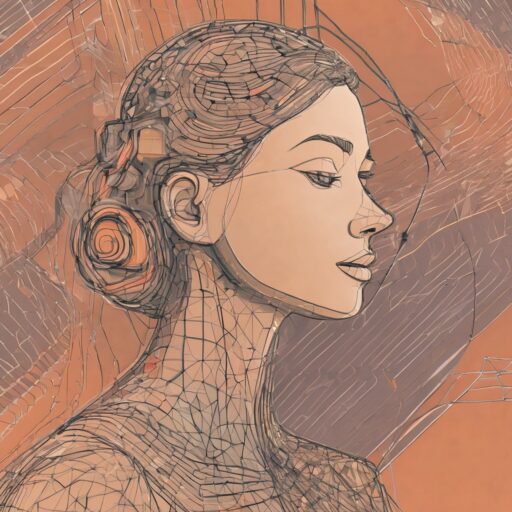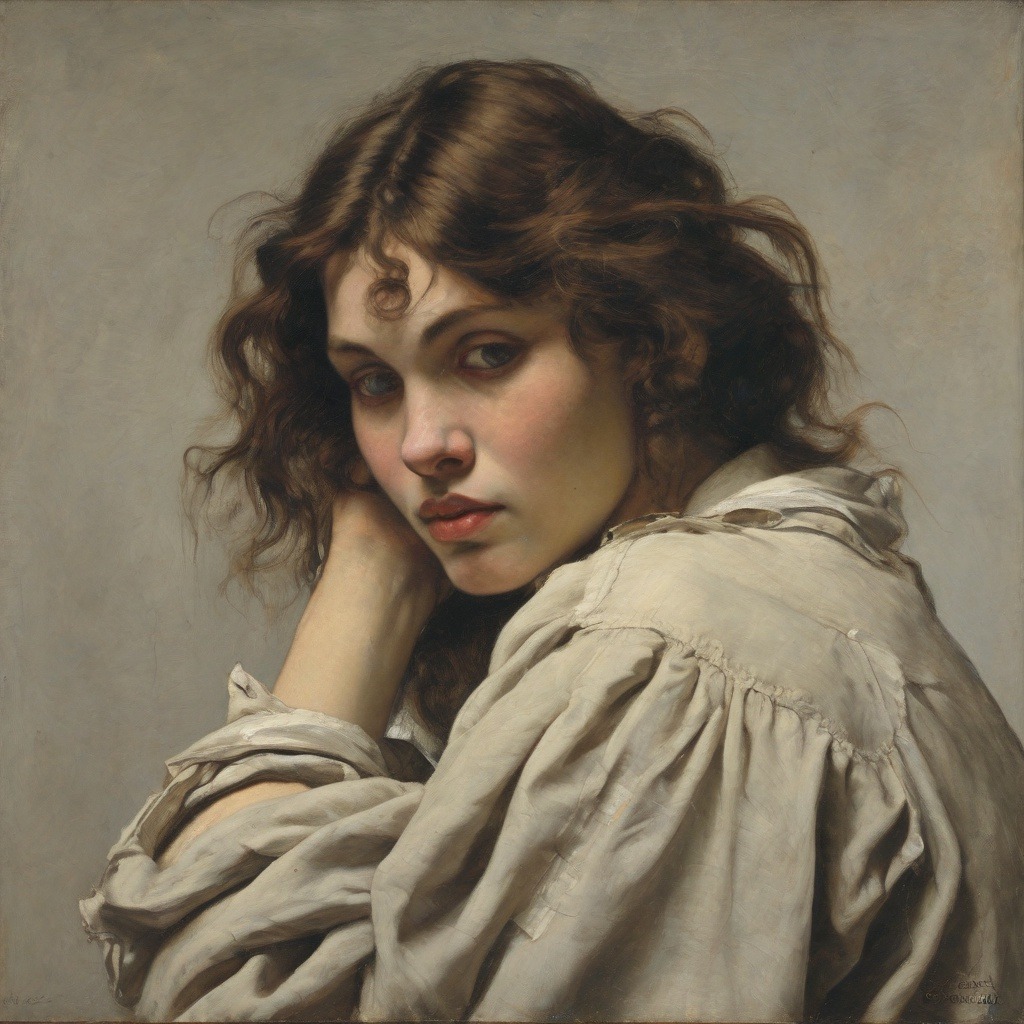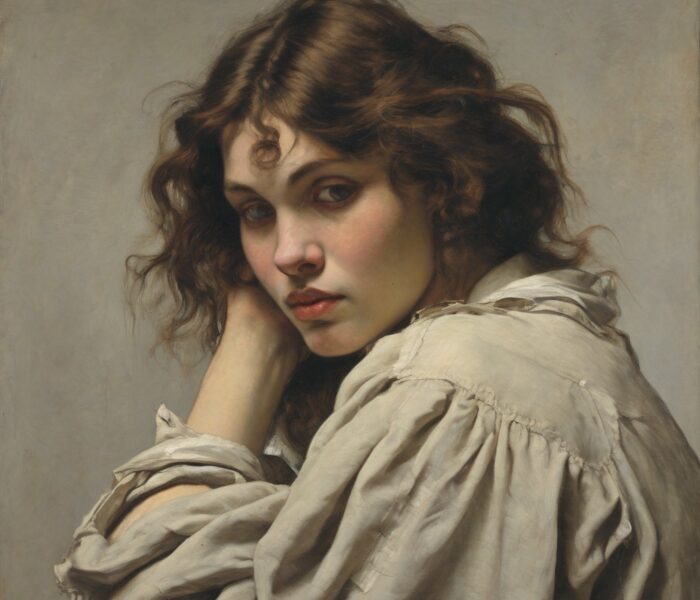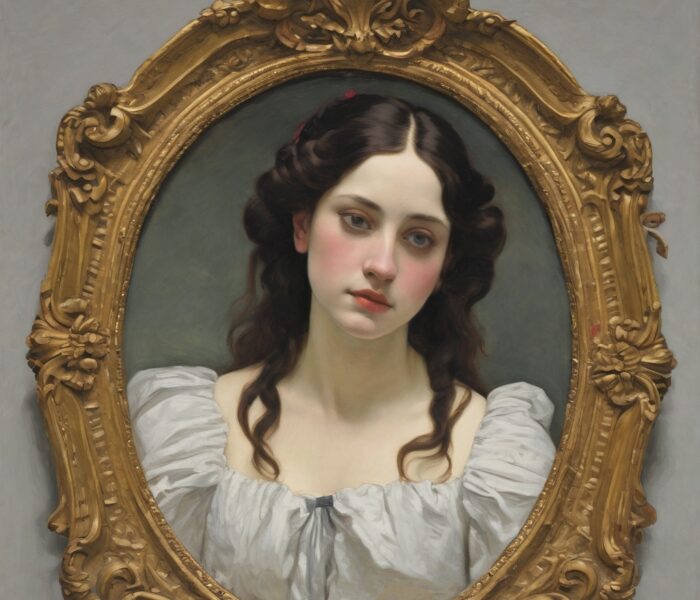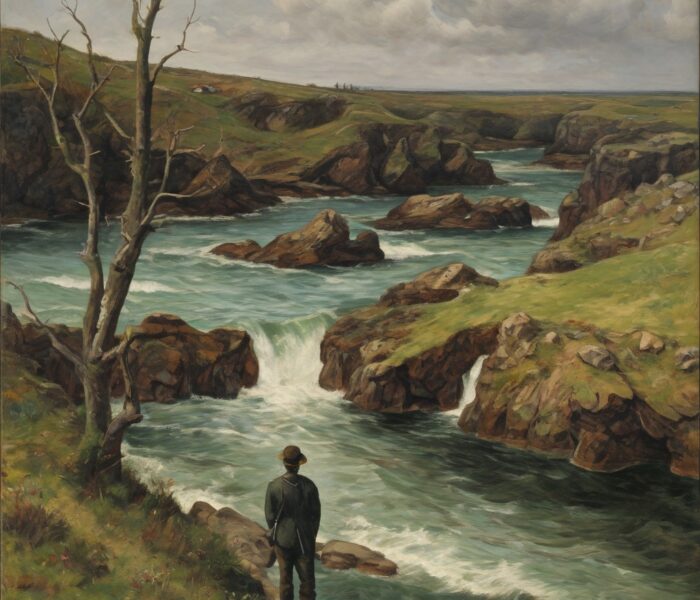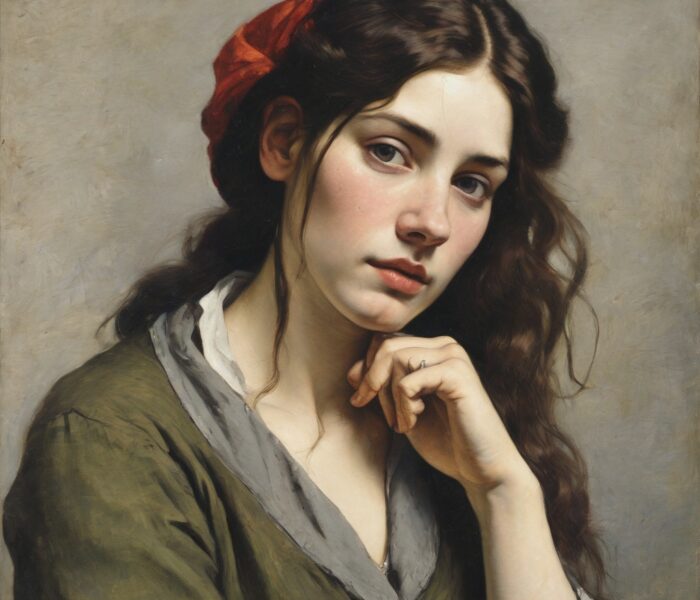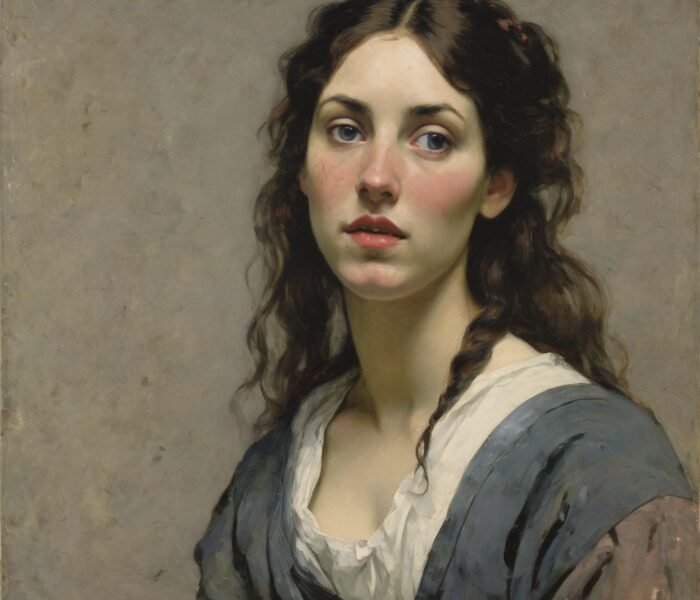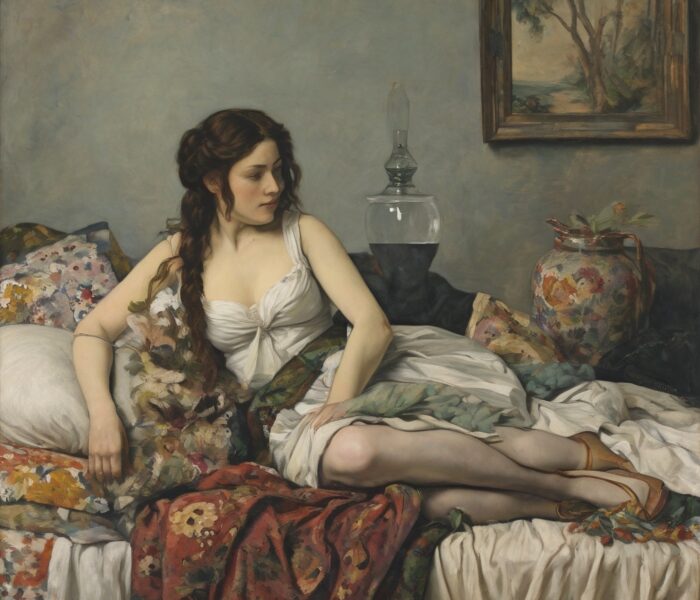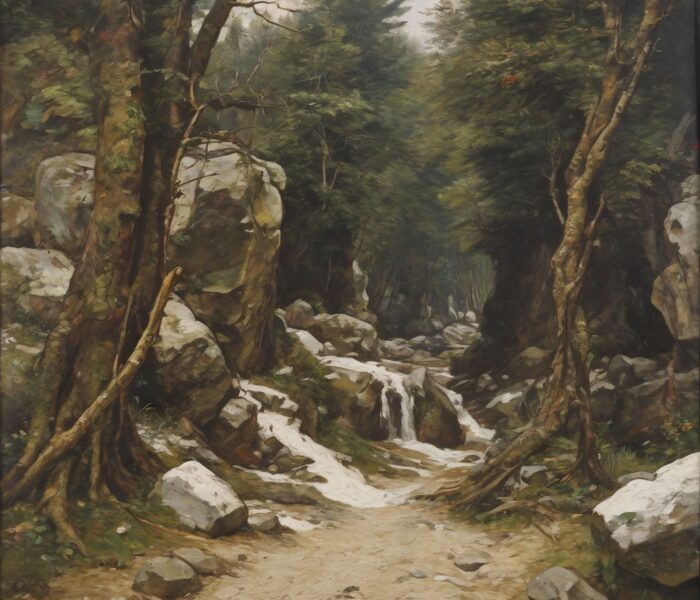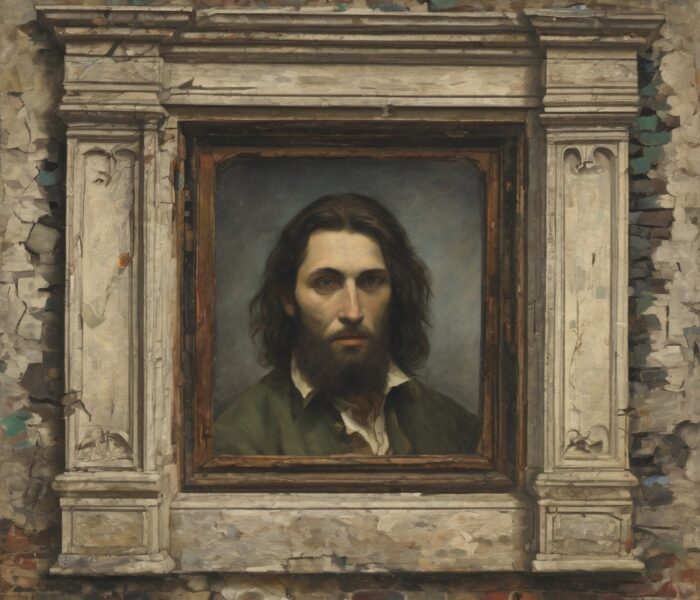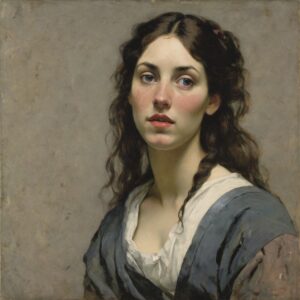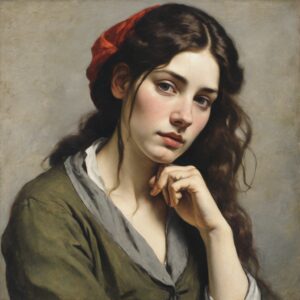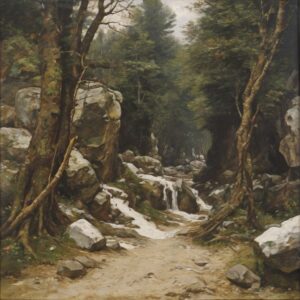Realism was a significant artistic movement of the 19th century, characterized by an emphasis on the objective representation of reality and the social conditions of life. Realist artists strove to accurately capture and depict the world around them in all its diversity and complexity, without idealizing or distorting it. Through the use of realistic techniques and materials, they created works that captured everyday reality and human experience in all its range and intensity.
The use of generative artificial intelligence (AI) in the context of realism opens up fascinating possibilities to explore the characteristic features and themes of this art movement and to develop new forms of creative design. Generative AI algorithms can learn to mimic the visual elements and styles of realism and generate innovative artworks that capture the essence and spirit of this movement.
A central feature of realism is its emphasis on the objective representation of reality and the social conditions of life. Artists such as Gustave Courbet and Édouard Manet created works that depicted reality in all its diversity and complexity, and did not shy away from depicting the dark sides of human life and society. Generative AI algorithms can learn to mimic these realistic techniques and generate artworks that capture the authenticity and credibility of realism.
Another important characteristic of realism is its emphasis on simplicity, honesty, and truthfulness. Realist artists strove to depict the world as it really is, without idealizing or distorting it. Generative AI algorithms can take these ethical principles into account and generate works of art that preserve the integrity and authenticity of realism.
The use of generative AI in the context of realism opens up new possibilities for creative exploration and experimentation. Artists can interact with AI algorithms and collaboratively create new artworks that interpret and expand the visual language and spirit of realism in innovative ways.
However, it is important to emphasize that the use of generative AI in the art field also raises ethical questions, especially in terms of originality, authorship, and cultural appropriation. Artists using generative AI should ensure that their work meets ethical standards and maintains integrity and authenticity in the art world.
The generation of the art style Realism by means of Artificial Intelligence (AI) requires the consideration of several important aspects in order to successfully grasp the characteristic features and themes of this art movement:
- Attention to detail and precision: A crucial aspect of realism is the ability to reproduce reality as accurately as possible. Generative AI algorithms must be able to detect and reproduce fine details and nuances in images to create works of art that have a high level of detail and accuracy.
- Mastery of Light and Shadow: Light and shadow play a crucial role in the representation of form, volume, and depth in realistic paintings. Generative AI must learn to interpret and use the play of light and shadow to create a convincing illusion of three-dimensionality and space.
- Use of realistic materials and textures: To achieve an authentic representation of reality, it is important to use realistic materials and textures. Generative AI algorithms can learn to recognize and imitate different surfaces and materials to create artworks that have a high degree of tactility and materiality.
- Emphasis on simplicity and truthfulness: Although realism requires a high level of detail, it is also important to keep the artwork simple and truthful. Generative AI algorithms must learn to avoid unnecessary details and focus on the essential elements in order to achieve a clear and concise representation of reality.
- Ethics and responsibility: As with all forms of artistic production, it is important to consider ethical issues related to the use of AI in realism. Artists using generative AI should ensure that their work meets ethical standards and maintains integrity and authenticity in the art world.
Overall, generating the art style realism with the help of AI requires careful analysis of characteristic features and a creative approach to capture reality as authentically as possible.
Overall, the use of generative AI in the context of realism offers an exciting opportunity to cross the boundaries between humans and machines and explore new forms of artistic creativity. By combining human inspiration and machine intelligence, new works can be created that bring the timeless principles and cultural significance of realism into a modern and technologically advanced era.
